Aricasa Cleaning Brushes - Types and Properties of Brushes
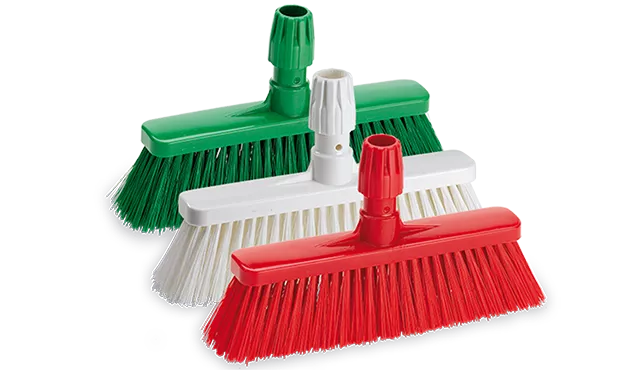
Cleaning brushes offer a wide range of professional cleaning accessories. In home conditions, two or three brushes are enough for multiple purposes, but for cleaning companies or places such as industrial, chemical, food processing facilities or professional kitchens, the staff responsible for maintaining cleanliness should be equipped with brushes that can handle cleaning hard-to-reach places and equipment. Each cleaning brush is designed to remove dirt, but it is important to choose the right one for our needs, as brushes differ significantly in their properties. When it comes to Aricasa brand brushes, we are talking about very high quality and a variety of applications.
What properties do cleaning brushes have?
Bristle thickness
The thickness of the bristles of a brush is closely related to its purpose. Aricasa brushes have bristles in three thicknesses: 0.25 mm (soft), 0.5 mm (medium), 0.75 mm (hard). For very difficult dirt or rough surfaces, hard bristles are required, which will be able to remove the impurities. On the other hand, for delicate surfaces, soft bristles are sufficient, and hard bristles are not recommended in order to avoid scratching the cleaned surfaces. Medium bristles are a universal type that can be used for cleaning various surfaces.
Bristle length
The bristles cannot be too long, as they will bend and make it difficult to remove dirt. They also cannot be too short, as we would then be scrubbing the base of the brush, where the bristles are embedded, which would lead to them falling out. Therefore, Aricasa brushes have different bristle lengths depending on the purpose of the brush.
Bristle color
Aricasa brushes come in five different colors, which is very useful for cleaning staff, especially in areas with a high risk of cross-contamination. The color coding allows for specific tools to be used only in designated areas, minimizing the risk of using the same brushes in different areas, which can be a critical threat. It is not necessary to use all the colors, as it depends on the HACCP regulations and in some companies, separating two or three areas may be sufficient.
Material
Aricasa brushes, being professional cleaning brushes, are made of polypropylene and polybutylene, which are durable materials resistant to high temperatures (up to 130°C), moisture, and wear. As these are inorganic materials, they create an environment that is not conducive to bacterial growth. Additionally, the brushes are made of solid plastic, not foam, which means that even if the surface is damaged, the brush is still easy to clean and does not become a breeding ground for bacteria.
Shape
As a tool for intensive work, a brush should be ergonomic and lightweight, and that's exactly what Aricasa brushes are. Brushes for different uses have different shapes and handles that allow for the easiest work. In addition, some brushes have the option of manual or pole cleaning.
Types of brushes
Brushes can be divided into hand-held and pole-mounted. Among Aricasa brushes for manual cleaning, we distinguish:
- pipe brushes
- bottle brushes
- plate brushes
- hand brushes
- "iron" brushes
- ergonomic hand brush
- brushes with a large angle of bristle inclination
- brushes for multiple uses
 |
 |
 |
 |
 |
 |
 |
 |
Among Aricasa brushes for pole mounting, we distinguish:
- pipe brushes
- brushes for hard-to-reach places
- floor brushes
- tank brushes
 |
 |
 |
 |
In addition to professional brushes, Aricasa also offers other cleaning accessories such as squeegees, scrapers, and mixers, as well as handles for brushes.
Brush cleaning procedure
1. First, remove any visible dirt under a strong stream of running water.
2. Then, clean the brushes in a cleaning solution with a pH of 9 or higher to remove chemical and organic deposits. A dishwasher is the best tool for this purpose.
3. After washing, rinse the brushes with clean water.
4. If there is any lime scale buildup on the brushes, it can be removed by washing them in a cleaning solution with a pH of 5 or lower, and then rinsing with water.
5. If necessary, the brushes can be disinfected with standard disinfectants for tools and surfaces.
6. In special cases, the brushes can be sterilized in an autoclave at a temperature of up to 121°C.
7. After washing or disinfecting, the brushes should be stored in a designated clean area, preferably hung on hooks.
Ryszard Kurek
All rights reserved. No part of the publication (text, graphics, images, photos, files, and other data) presented on the OLE.PL online store may be reproduced or distributed in any form or by any means without prior permission. All trademarks, graphics, brand names, and other data are protected by copyright law and belong to their respective owners.




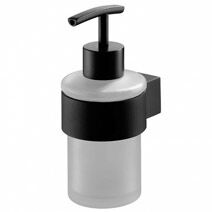




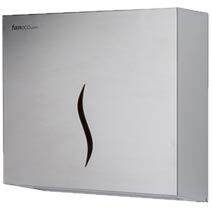











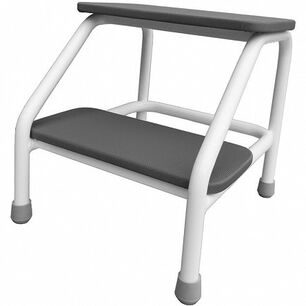


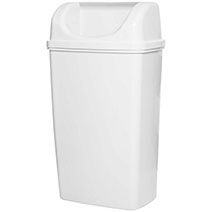









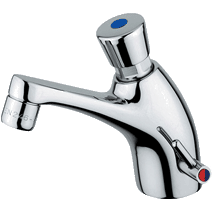


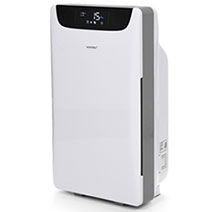
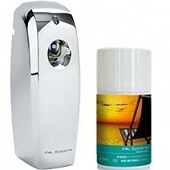







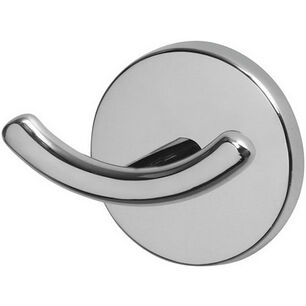

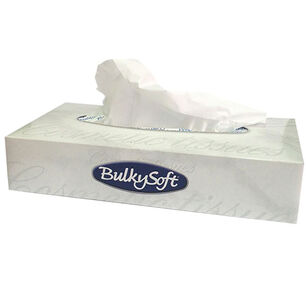















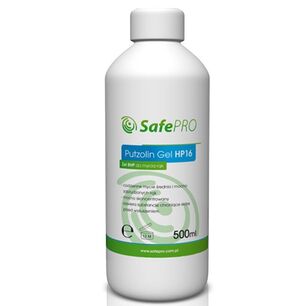




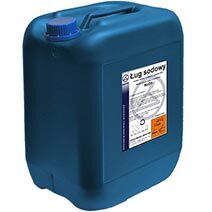



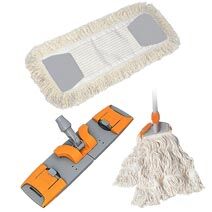



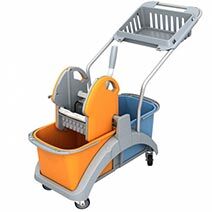
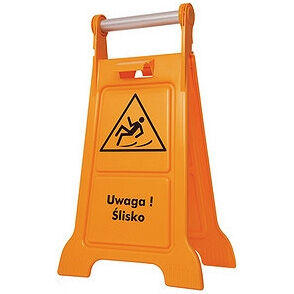


 Polski
Polski
 Czech
Czech
 German
German
 Spanish
Spanish
 Slovak
Slovak